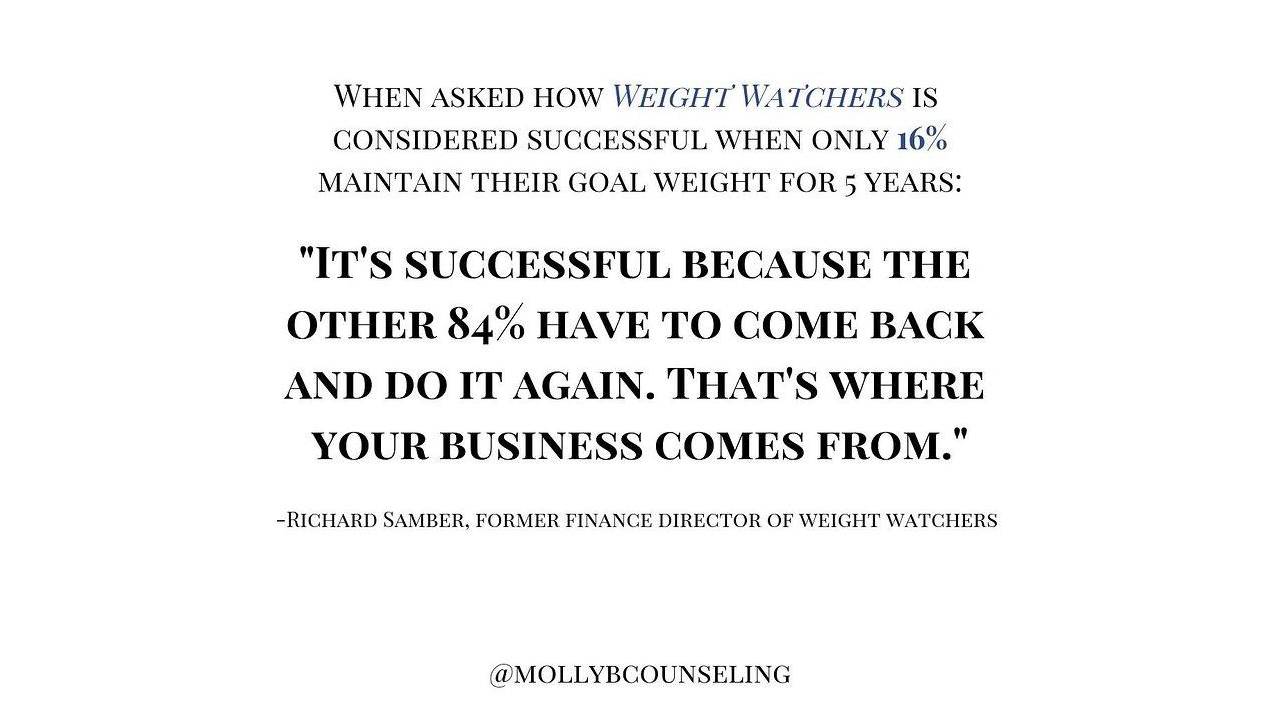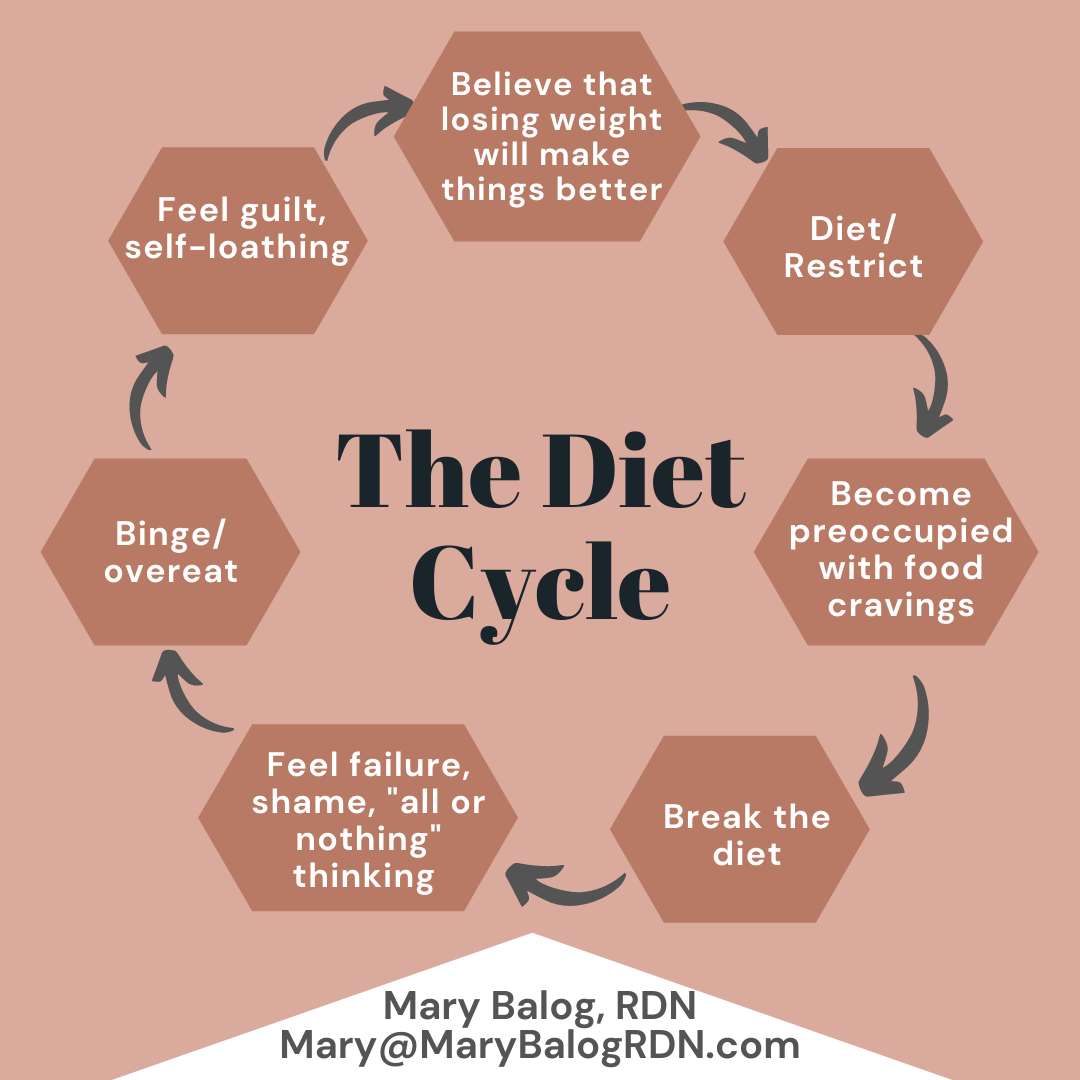Nutrition: Part 2- The Whole Idea
In Nutrition: Part 1 , we touched on several issues that make nutrition a confusing subject for many families and athletes in the US. Issues like relentless marketing of diet aids, foods that are engineered to be addictive, and processed foods have led the country to a deplorable state of health, leaving many of us to wonder how we should really be feeding our athletes and families to keep them healthy and performing. There are literally hundreds, if not thousands of opinions regarding nutrition and performance. Book store shelves are stacked with books debating the benefits and evils of carbs, fat, animal protein, grains, processed foods, cooked foods, raw foods, organic foods, frozen foods, vegetarianism, and so on. On the same shelf, we have seen a book denouncing bread, and one basing an entire diet around it. The truth is, there is no perfect diet for everyone. When addressing a large audience, it is impossible to prescribe a nutritional plan that will encompas everyone’s unique needs. Knowing this is the case, we want to give you some guidelines to follow in order to provide your bodies with nutrient-dense foods that have a high nutrient to calorie ratio. Try these suggestions to improve energy, appearance, and health. Be forewarned: these are not necessarily the cheapest or easiest solutions for busy, hard working families and athletes, but then again, cheap and easy food is what started this whole mess in the first place!
Whole Foods: Not Just a Grocery Store
The term “whole foods” is used to describe foods that are close to the earth, solar powered, and unprocessed. Foods that are grown or animals that eat their ideal diet (cows eat grass, not grain; chickens are omnivores, not vegetarians) should make up the core of a healthy diet. A recent article in Outside Magazine entitled “The Secret Food of Athletes” describes the approach of dietitians at the Olympic Training Center in Colorado Springs, CO.
“…dietitians at the OTC push a whole-foods philosophy for an athlete’s core diet, with a heavy emphasis on organic, sustainably produced fruits and vegetables, lean proteins (like chicken and fish), healthy fats (like avocados and olive oil), and complex carbohydrates (like steel-cut oats and sweet potatoes) that ensure a steady stream of nutrients to training-ravaged bodies. The quality and quantity of vitamins, minerals, antioxidants, fiber, and phytochemicals provided by fresh whole foods simply can’t be matched by processed alternatives, no matter how sophisticated that protein shake may appear.”
The best place to find the foods mentioned in the article above is your local farmers market. There you will find fresh foods produced locally in a sustainable way. Let’s quickly touch on the “Organic” tag. Many local farmers produce their…um…produce according to organic principles without the use of chemical fertilizers or pesticides, however they cannot label the food as such because it is extremely expensive to use the “Organic” label. It involves a complete USDA inspection and a hefty price tag, so it is seldom a cost effective option for local growers. At farmers markets, just because it isn’t labeled organic doesn’t mean it isn’t responsibly produced, pesticide-free, and nutrient dense. Shopping at the farmers market is not the cheapest option, but it will be beneficial to your long term health and performance. Take this whole food based approach, and feed your family like Olympians!
Think Around the Outside of the Box
Next time you head into your local supermarket, notice how the store is laid out. Typically, you enter the produce section first, then meat and fish, then weave through the aisles and frozen foods section, stopping at the dairy case on your way out. Now think about the contents of the center aisles. They contain a few lightly processed foods like wild rice, beans, and steel cut oats, but for the most part the shelves hold boxed and canned meals, cereal, cookies, crackers, and chips. A majority of the foods in the center aisles are engineered to have an extended shelf life thus increasing the processing, lowering the nutritional content, and adding calories. If you walk around the perimeter of the store, you will walk through the produce section, meat/fish counters, eggs, and dairy coolers. Not every option will be a good one, but when you stick to outside you will drastically cut back the number of calories you purchase from processed foods. When you plan your next grocery trip, try to purchase 90% of your items from the perimeter of the store. It is one way to simplify your eating habits and can help you stick to the core diet of whole foods, as mentioned above.
Quality Over Quantity
When we are talking about nutrition, it’s easy to get into the old routine of counting calories, carbs, protein, and fat. These aspects of your diet can become important if you have certain goals in mind (weight loss/gain) or if you have specific health issues that force you to know your numbers (hypoglycemia, diabetes, celiac disease). A handful of the world’s elite endurance athletes have a calculated number of calories and macronutrients to consume each hour to maintain performance, but for the most part, healthy, active people should be concerned more with WHERE their calories are coming from, not HOW MANY they are consuming.
Not all calories are created equal. You could consume 300 calories worth of cookies or a 300 calorie mixed green salad. Both would contribute the same number to your daily calorie limit, but which one is more nutritious? The cookies are processed, sugary, and will be out of your system in a flash, leaving you with a powerful urge for more sweets which starts the cycle over again. This is the same way a diet, zero calorie soda can lead to weight gain. The sweetness in the drink gives you the urge to seek out more sweet treats. Now consider what you get from a mixed green salad. You get a host of vitamins and minerals, fiber, and a lasting feeling of fullness to keep you from additional snacking. With a high nutrient-to-calorie ratio, the salad would clearly be the better choice. I haven’t dropped a bomb on anyone by pointing that out, but the same nutritional benefits can be found in fruit and fruit juice, sweet potatoes, grass fed meats, etc. Stick to a whole food diet of mostly fruit and vegetables, meats raised on their traditional diet, healthy fats, and a few unprocessed grains and get a huge nutritional bang for your buck.
As I mentioned before, there is no diet that is perfect for everyone. The guidelines above are meant to help you improve nutrition by considering nutritionally dense foods over empty calories. The nutrients in real food are always going to be better than what can be broken down into powder form and put into a protein bar. Michael Pollan’s quote still sums it up. “Eat food, not too much, mostly plants.”
Here are some great suggestions for any athlete, hockey players in particular, from our friends at Pro Stock Hockey.
Even when you aren’t on the ice, it is important to make sure that you are still putting forth
the effort needed to excel at hockey. You can do this by following a proper diet and eating
right. Getting the right food in your system throughout the day is a key to performing well
once you hit the ice again.
offers a meal guide featuring proper nutrition for hockey players. With a plan developed
by NHL trainers and staff, it is a great way to put unhealthy eating in the penalty box.
Pro Stock Hockey, a company that offers Pro Stock NHL
Gloves
, NHL
Pants, and NHL Sticks




Advantage Personal Training is an Ann Arbor based Family Oriented Gym, focusing on the training needs of individuals, small groups and youth athletes. Meet with a results-oriented personal trainer and put yourself on the path to a more active life!
SERVICES
CONTACT INFORMATION
Hours of Operation
Mon to Fri: 6:00 AM - 8:30 PM
Sat: 8:30 AM - 12:30 PM
Sun: CLOSED
All Rights Reserved | Advantage Personal Training

